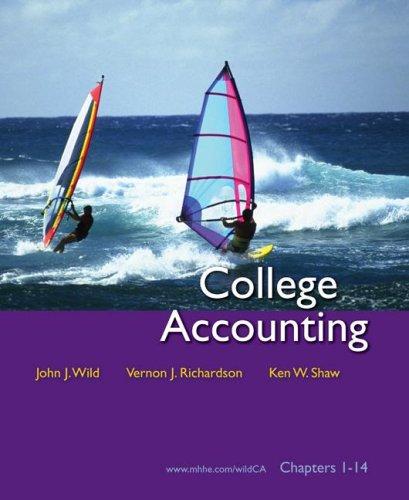ols Attempts Keep the Highest / 1 4. 4: The Cost of Capital: Cost of Retained Earnings 1-2 The cost of common equity is based on the rate of return that investors require on the company's common stock, New.common tyndte ways: (1) by retaining some of the current year's earnings and (2) by issuing new common stock Equity aired by Issuing stock cost, Po, than equity raised from retained earnings. Toe due to flotation costs required to sell new common stock, Some argue the band warming should be "free" because they represent money that is left over after dividends are paid. While it is true that he direct costs are made earnings, this capital still has a cost, an opportunity cost. The firm's after-tax earnings belong to its stockholders, and these are compensate them for the use of their capital. The earnings can either be paid out in the form of dividends to stockholders who could money in alternative Investments or retained for reinvestment in the firm. Therefore, the form needs to earn a lot michonary as the stockholders could earn on alternative Investments of comparable risk. If the firm cannot invested carning to me those funds to its stockholders and let them invest directly in stocks or other sets that will provide that return. There are two used to estimate the cost of retained earnings: the Capital Asset Pricing Model (CAP), the Bond-Pield-Plus-Rink Promoc, de Cash Flow (DCF) approach story CAPM The firm's cost of retained earnings can be estimated using the CAPM equation as follows: + (RP) = a + (n - nub e search Ch 10: Homework Problems - The Cost of Capital X The CAPM estimate of is equal to the risk-free, plus ad premium that is to the new up or down to reflect the particular stock's risk as measured by its beta cocient. This model met diversified, but if they are not well diversified, then the firm's true investment ask would not be red by and the CAP would understate the correct value of n -Tools Bond Yield Plus Risk Premium ps If reliable inputs for the CAPM are not available as would be true for a closely held company, ane vitsoften useative procesi cost of equity. Empirical studies suggest that the risk premium on a firm's stock over ts own bonds generally range from 3 to 5 peturtage porte equation is shown as: rs Bond yield + Risk premium. Note that this riek premium is the risk premium that he doesn't produce a precise cost of equity, but does provide a ballpark estimate os DCF The DCF approach for estimated the cost of retained earnings, is given as follows: Is T, = D/P + Expected 9. luctory









